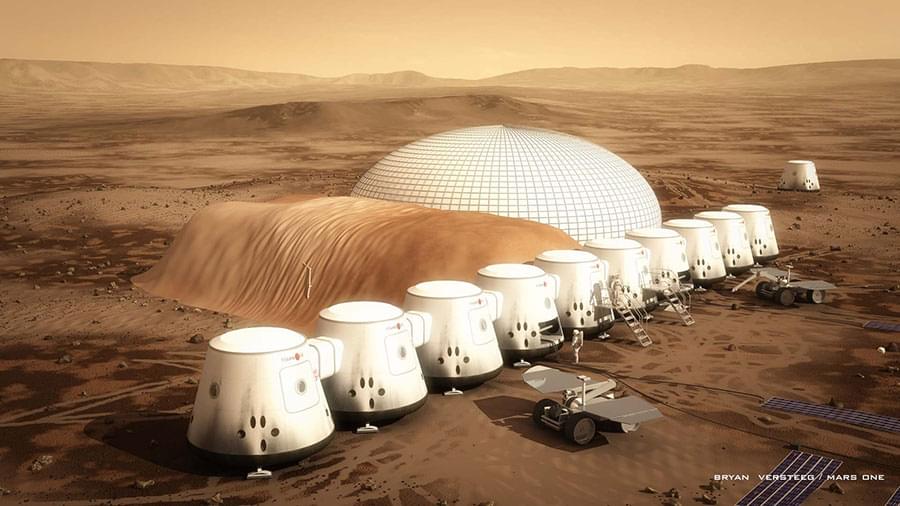Feb 1, 2022
Humanity Could Survive A ’Planet-Killer’ Asteroid, A New Study Says
Posted by Gemechu Taye in categories: asteroid/comet impacts, existential risks, physics
About 66 million years ago, a “planet killer” — a 10-kilometer-wide rocky asteroid — hit Earth. The Chicxulub impact caused a mass extinction on a planetary scale, killing off an estimated 76 percent of all species living on Earth at the time, including the dinosaurs. According to a study published by Philip Lubin and Alexander N. Cohen, both physicists at the University of California in Santa Barbara, there is a chance that humanity could survive such a similar impact happening in the near future.
There currently are about 1,200 asteroids on a publicly available asteroid risk list, but all are smaller than one kilometer. The probability of a Chicxulub sized asteroid (5 to 15 kilometers across) hitting Earth is once in a billion years — very low, but not impossible.

















